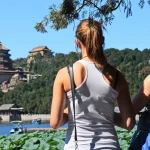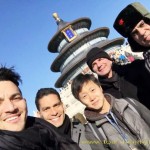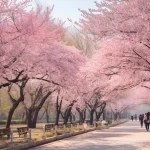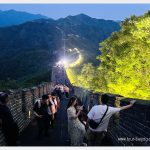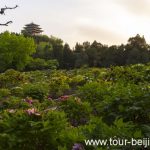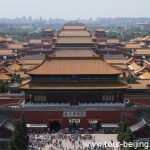How to go to Hohhot from Beijing (Tips, Photos & Map)
Plan your Inner Mongolia tour from Beijing? Basically Hohhot, the capital city of Inner Mongolia, very often is your springboard to jump onto the grassland in the exotic province, escaping the heat and bustle and hustle of Beijing. Hohhot itself is worth your 1-2 day exploration with its unique historical sites and a large Hui Muslim community. Location…
